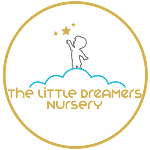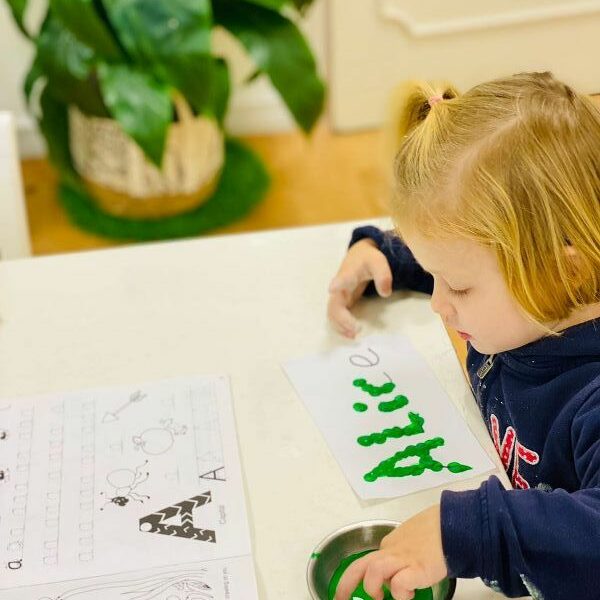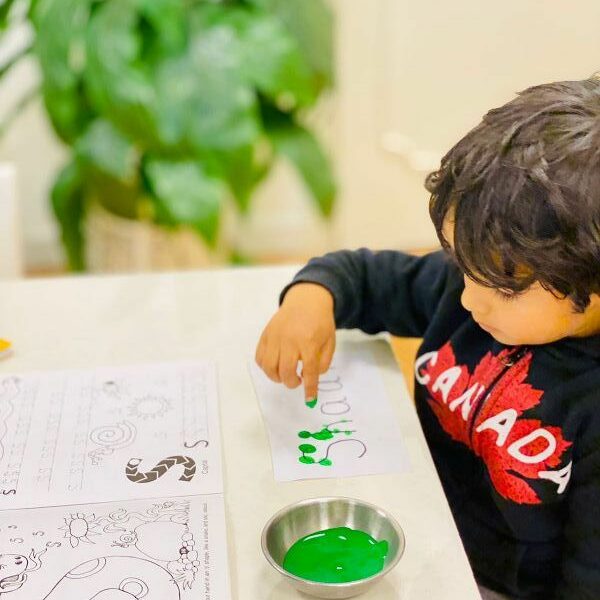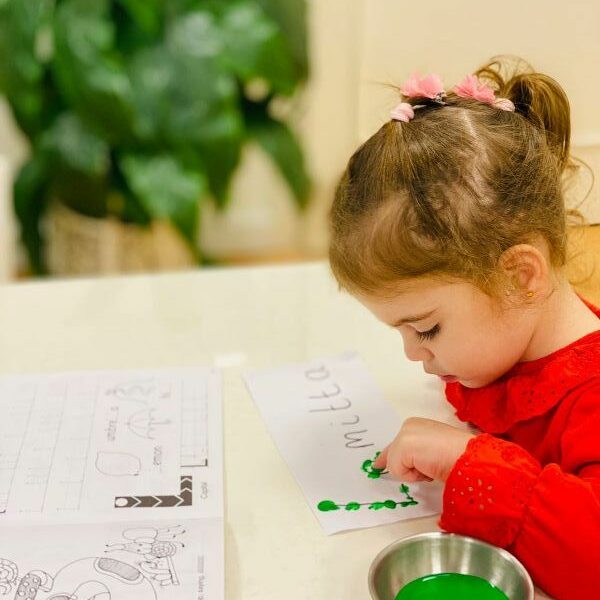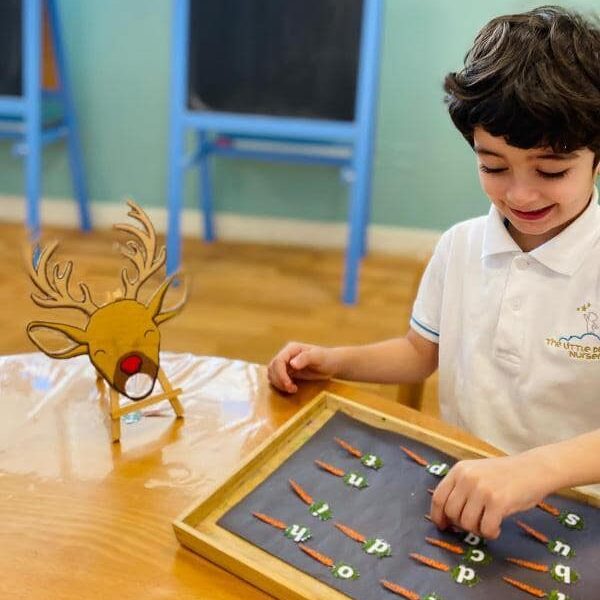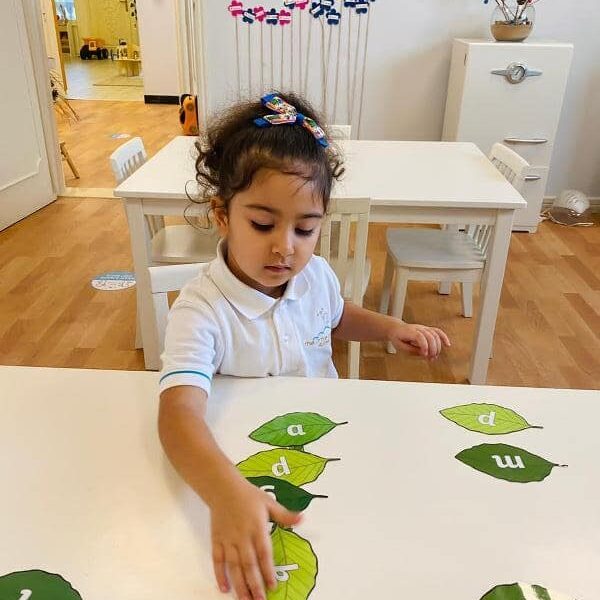Phonics activities in the nursery for your children
Our British nursery in Dubai uses the most important tools to teach your children to learn correct pronunciations, especially for new words in English. At first glance Phonics activities in the nursery seem very simple but the child should be familiar with the variety of letters and sounds. In fact, we teach your child to turn written letters into sounds and memorise them.
We have used the best trainers for phonics activities for preschoolers to teach children the difference between sounds.
To understand this, look at the letter “a” in the three words: had, hat and change, you will see that each of these words has a different pronunciation. Undoubtedly, in teaching phonics activities, every word or phoneme has a special shape. In our nursery in Jumeirah, we have lots of fun phonics activities so that your children will learn in a fun and interesting way.
Phonics for kindergarten
The development of social communication, teaching the basics of reading and writing is so important for your children to achieve being able to communicate and read well in English. Teaching all these things are part of the main practical phonics activities of our nursery in Dubai.
Phonics activities for preschoolers
Learning of behaviours and social relationships, foreign languages, painting, music, and crafts begins at an early age, it will not only be more productive in the learning process but also advance the child in time and important values. When learning phonics at nursery, children learn the meaning of words through stories and forms of play. We teach to your children with concepts such as independence, compassion, compatibility and harmony with society during our phonics activities in the nursery.
Our plan for Phonics activities in the nursery
We follow the Jolly Phonics method of teaching letters at our nursery. This is a fun way for the children to recognise the letters and to learn the phonetic sounds which include a catchy song along with pictures and actions to follow. We also support the children in the following:
- Learning how to memorise the alphabet in order.
- To recognise the names of all the letters of the alphabet
- To be able to recognise letters, both alone and in words.
- To recognise the sound of each letter of the alphabet.
There are several ways to teach children, for example, phonics activities for 2-year-olds are done by playing, reading rhyming books and showing letter cards. While for phonics activities for 3-year-olds we use more words and drawing. Teaching phonics activities correctly will help children to learn the alphabet better and will make them more likely have better handwriting in school later on.
